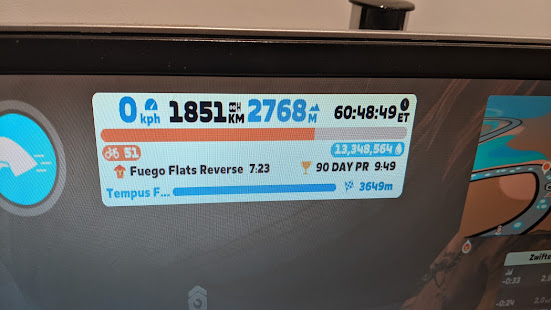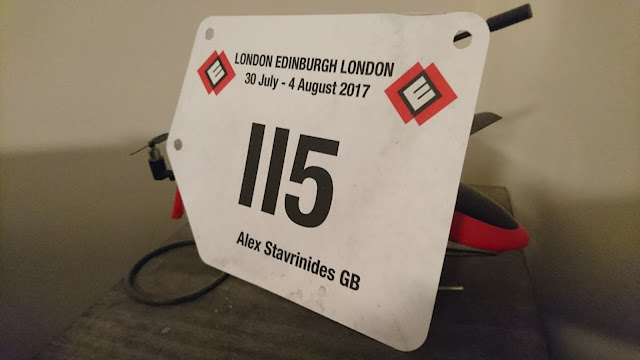3 hours.
Last night I did a 3 hr test looking into what I burn at a set threshold.
Question 2: can this data be used to predict what my calorific burden will be to ride for 24 hours.
The objective is simple
Question 1: work out how many calories I burn at a typical steady state ride threshold over an extended time period and where these calories are coming from (carbs or fat?).Question 2: can this data be used to predict what my calorific burden will be to ride for 24 hours.
The method
- Sit on a static bike with nothing but bottles of water.
- Set the resistance at 170 Watts
- Take resting gas, lactate, glucose and heart rate values.
- A short warm up and then ride for three hours with repeated samples every 20 minutes
The results
**NOTE** Although I want to share as much data as I can and be transparent about what's going on, I'm going to be slightly guarded about the exact numbers here. Part because there will be amplified error with forward predictions and due to this being a lab test, not a road test. The other reason is because some of this data will go towards sweepstakes to raise charitable money - can you guess how many calories I'll burn??
Feels: Rather enjoyed that test! I had had a rough work and personal week, so sitting on a bike for 3 hours felt good. The monotony of the 3 hours wasn't felt with the repeated tests every 20 minutes (more like 15 once prep and clean up had been taken into account). As this was at 170W, it was just sufficient below threshold to have comfortable conversations once my body had settled to the time shot through fast. Lynsey and Hayden were testing me and conversations flowed. The saddle did give a bit of discomfort, but nothing too bad. In the RPE scale, I was at around a 12 (12.5 to split hairs) for the majority of the time period with a 13 being perceived in the last 20 minutes.. A hunger pang passed at around 1hr 40mins and by 2hrs 40mins I could start to feel the creep of fatigue into my calf muscles, but everything else was good.
Heart rate: This followed my typical profile. My HR ramped through the first 15 mins and elevated above steady state until around the 30-35 minute mark. After this it stayed roughly static with small variations with position shifts, samples being taken etc. Towards the end, there's a slow increase with fatigue and clearing lactate as fatigue made an appearance.
Metabolism: In terms of how and what I burn, the data is showing that at rest, I rely on around 0.44g per minute carbohydrate and 0.02g per min fat. As I warmed up, this increased to 2.83 g per min and decreased (2.58 and 2.45g per min) in the following hours. This ties in with an increase in fat oxidation with a slow increase from 0.15 g per min to 0.28 g per min. Total energy expenditure remain relatively constant (range of 0.35 kcal.min-1)* throughout the three hour period. This data shows my slow shift from a mainly carbohydrate oxidative state to a carbohydrate and fat oxidative state where fat oxidation provides the shortfall in carbohydrate availability.
*I've omitted a key value here as it'll be a spoiler for those putting on bets.
In terms of blood glucose by finger tip sampling, a steady decline is seen with fluctuations as metabolism shifts and is mimicked in the blood lactate values.
*I've omitted a key value here as it'll be a spoiler for those putting on bets.
In terms of blood glucose by finger tip sampling, a steady decline is seen with fluctuations as metabolism shifts and is mimicked in the blood lactate values.
 |
| Raw data |
 |
| Error bars show standard error. |
 |
| Error bars show standard error |
Results, summary and conclusions.
From this, the objective was to work out what my metabolic rate will be under a steady state condition to predict a fueling strategy for the challenge distance. From the data produced, we now know the carb/fat oxidation contribution and what magnitude of loading will be required to maintain a 170W average for a 24 hour period. As it looks like there will be interest in my calorific burn (sweepstakes on closest value on calories, time riding etc), I won't quote a predicted calorific load but will give an indication that it will be in the region of 15,000 - 20,000 calories in the 24 hours.







Comments
Post a Comment